Deck & Commander Strategies

Kinnan, Bonder Prodigy
Focuses on generating large amounts of mana by leveraging creatures with noncreature mana abilities and ramp spells, aiming to cast big threats and combo pieces quickly.
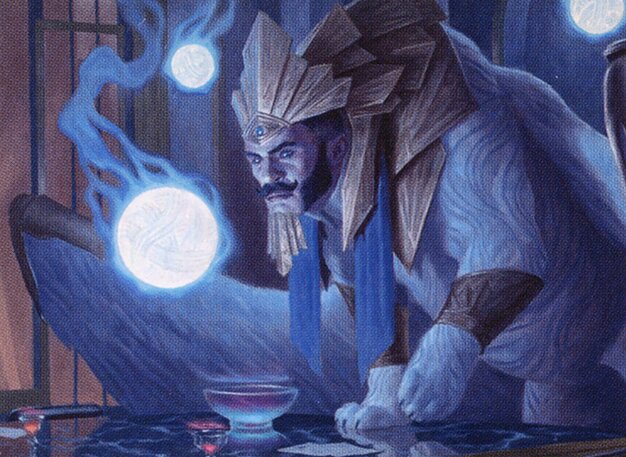
Tivit, Seller of Secrets
Utilizes repeated casting and evoking of creatures to generate value and incremental advantage, often employing spells that trigger on enters-the-battlefield effects.

Animar, Soul of Elements
Builds up +1/+1 counters while reducing the cost of creature spells, enabling a cascade of value creatures and powerful combo synergies to overwhelm opponents.
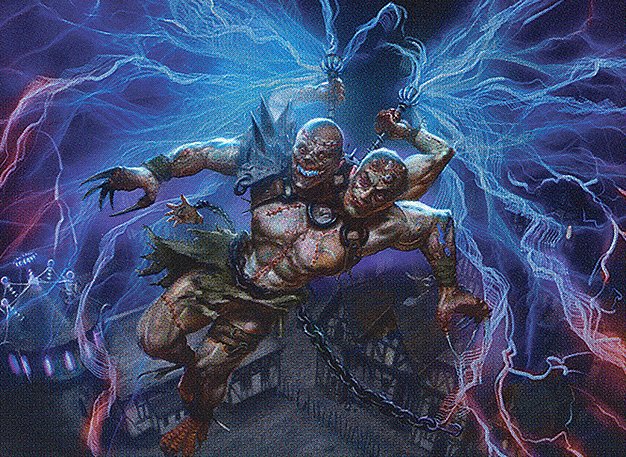

Kraum, Ludevic's Opus and Tymna the Weaver
Combines aggressive card draw and disruption with a balanced approach of tempo and value, using their synergistic abilities to maintain pressure and control the game state.
Gameplay Insights
- 1
Players heavily relied on card draw triggers from Ristic Study and Smothering Tithe to generate incremental advantage and mana acceleration through treasure tokens.
- 2
Counterspell wars involving Swan Song, Flusterstorm, and Mindbreak Trap created complex stack interactions that determined the flow of the game and protected key spells and combos.
- 3
Strategic timing of tutors and disruption spells, such as Vampiric Tutor and Pyroblast, allowed players to interrupt opponents' critical plays and maintain board presence.
- 4
Mana management was critical, with players carefully deciding when to pay for taxing effects to preserve resources for their own spells.
- 5
The use of Cavern of Souls naming relevant creature types ensured critical creatures like Animar and Drifters resolved despite heavy counterspell presence.
- 6
Players demonstrated patience by sometimes choosing not to draw additional cards from Ristic Study to avoid overextension or triggering opponents' counterspells.
- 7
The mid-game grind showcased the importance of resource denial and incremental advantage in high-level Commander games, where outright aggression is balanced with disruption and spell control.
Notable Cards
-
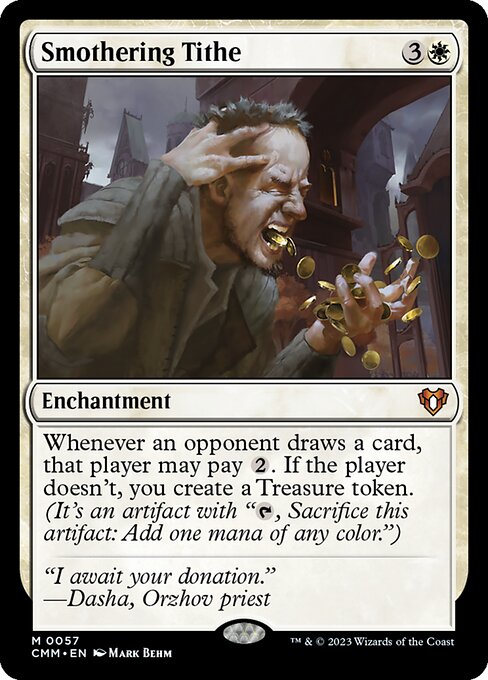
Smothering Tithe
-
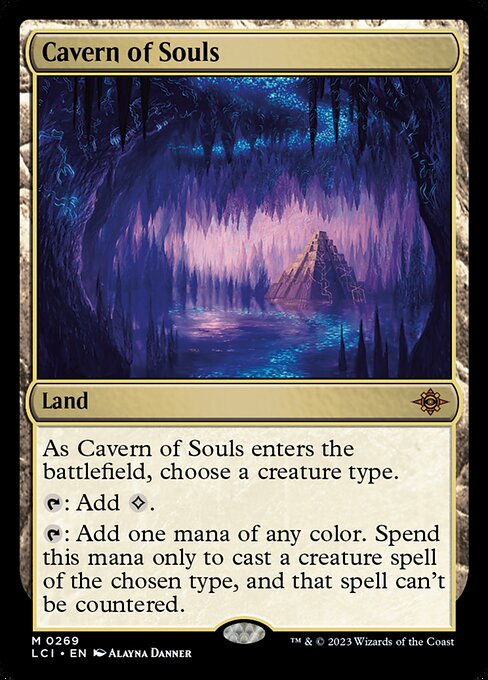
Cavern of Souls
-

Chrome Mox
-
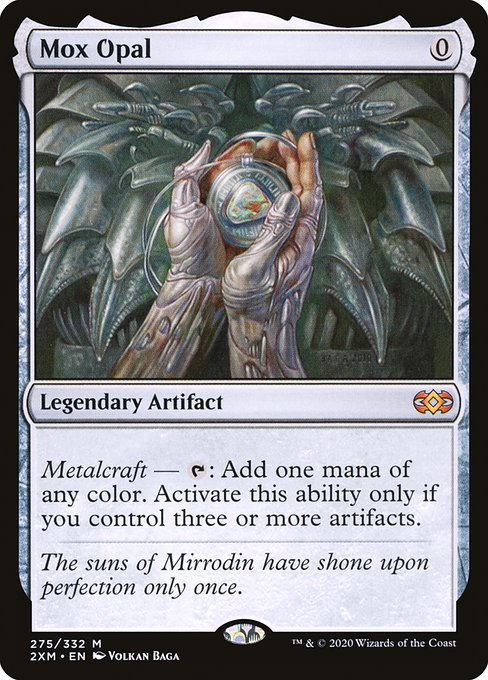
Mox Opal
-
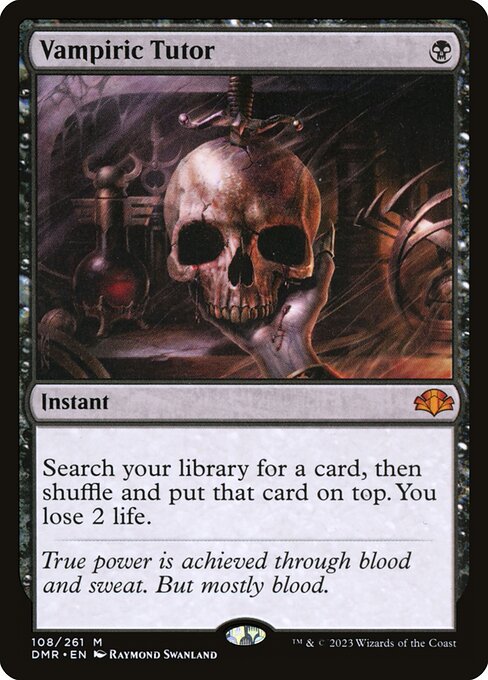
Vampiric Tutor
-

Swan Song
-
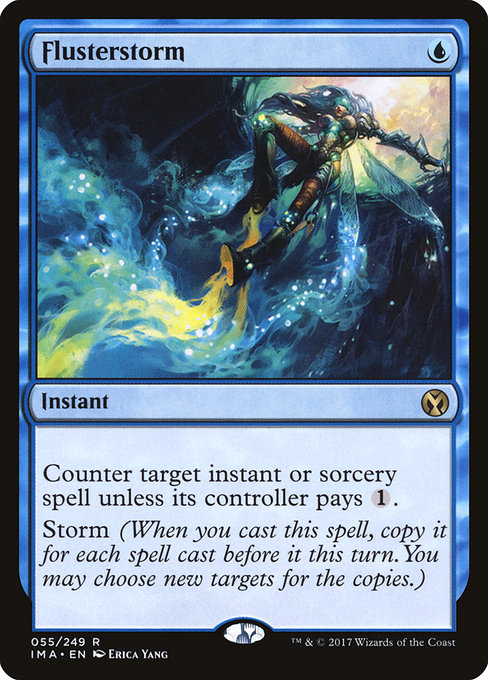
Flusterstorm
-
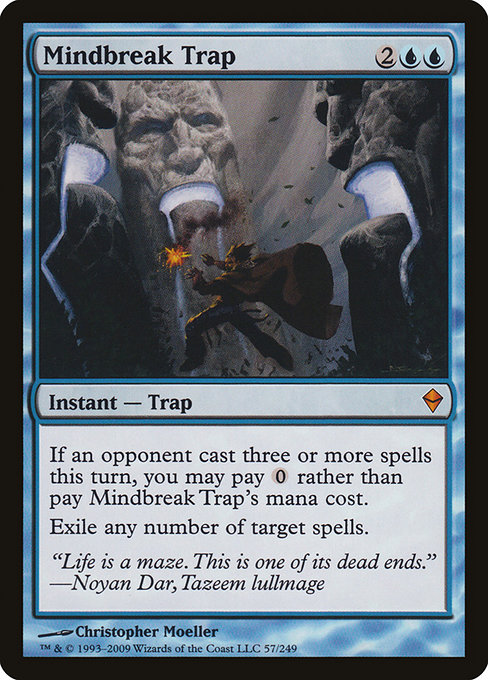
Mindbreak Trap
-
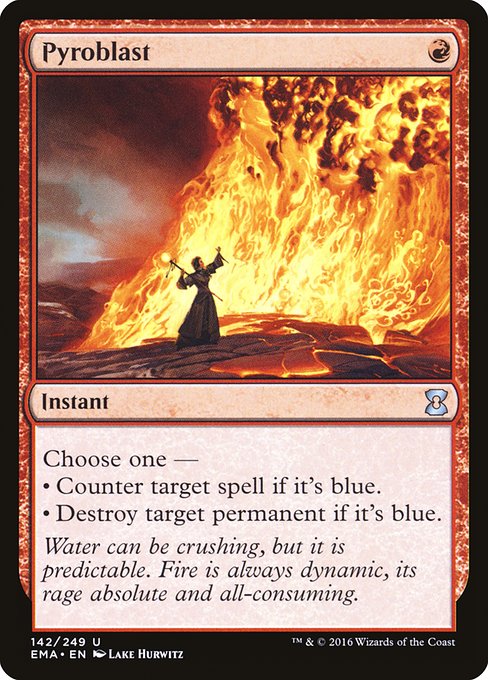
Pyroblast
-
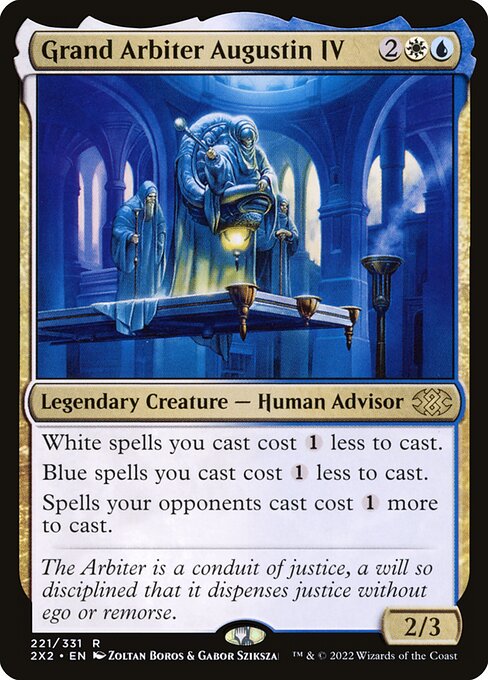
Grand Arbiter Augustin IV
-
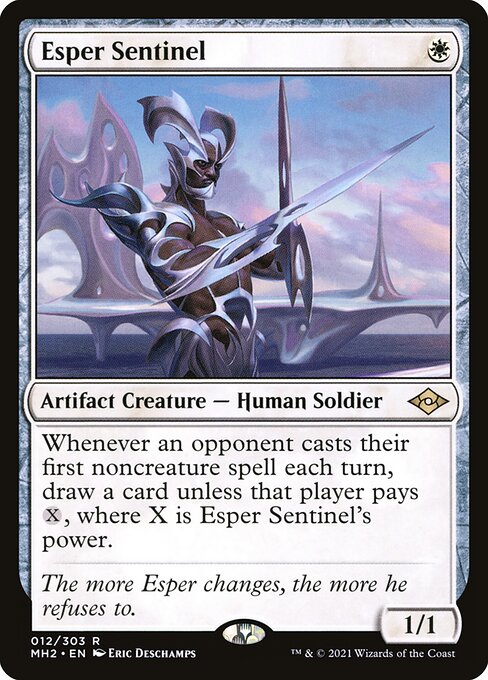
Esper Sentinel
-

Arcane Signet
-
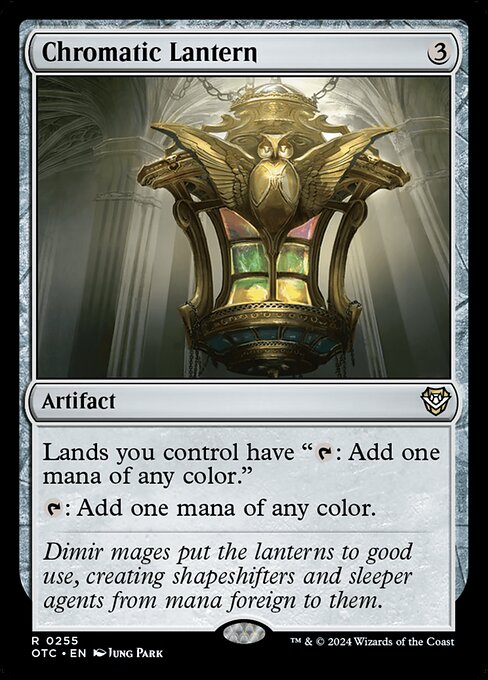
Chromatic Lantern
-
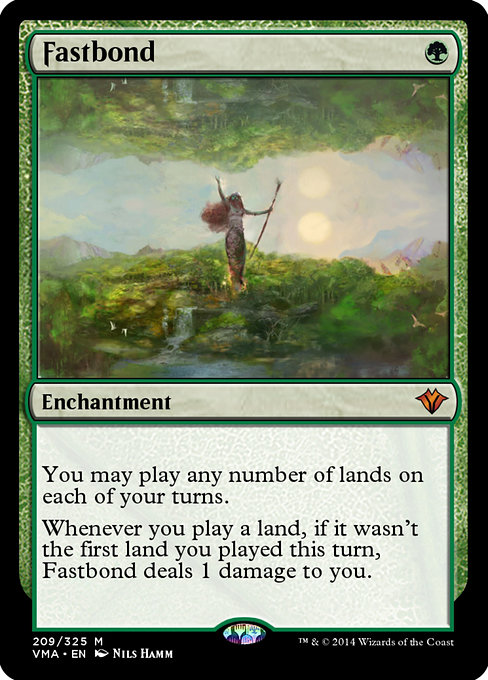
Fastbond
-
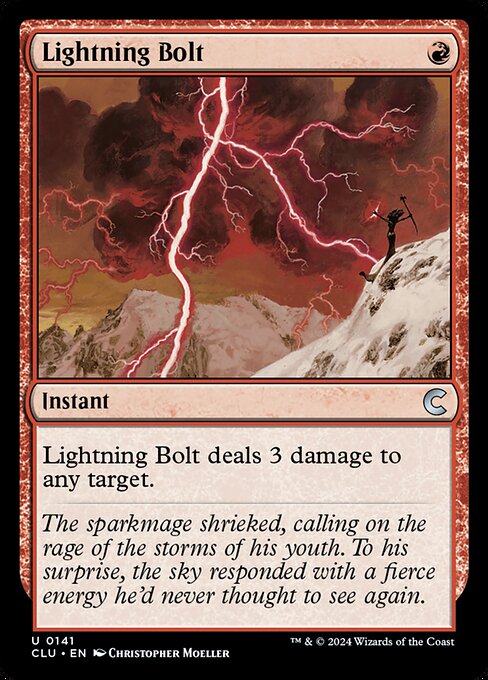
Lightning Bolt
-
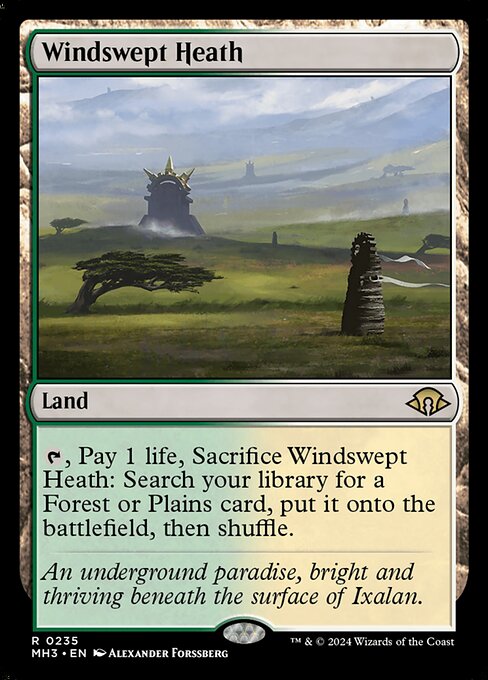
Windswept Heath
-
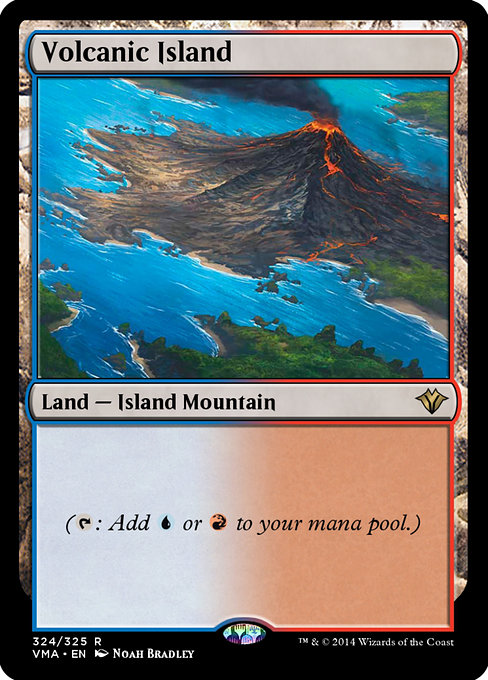
Volcanic Island
-
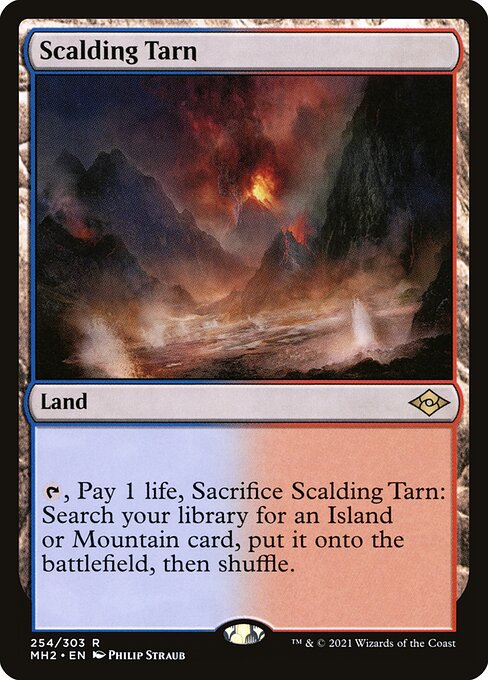
Scalding Tarn
Gameplay Summary
The Commander game featured an intense multiplayer interaction centered around heavy spellcasting and counterplay, particularly involving multiple triggers from cards like Ristic Study and Smothering Tithe.
Early turns saw key mana acceleration plays, including casting Animar and setting up mana rocks such as Mox Opal, Soul Ring, and Chrome Mox.
Players utilized Cavern of Souls and other protection to ensure critical creatures entered the battlefield uncountered.
The game quickly evolved into a high-stakes mid-range grind, with players leveraging card draw engines and taxing effects to maintain resources and tempo. A pivotal moment occurred when multiple players began to chain spells and responses, including counters like Swan Song, Flusterstorm, and Mindbreak Trap, resulting in a flurry of triggers and treasure token generation.
This complex interaction showcased the delicate balance of resource management and timing in cEDH games.
The mid-game also featured strategic use of tutors and defensive spells, such as Vampiric Tutor and Pyroblast, to disrupt opponents’ key plays.
Despite the chaotic stack and numerous triggers, the players carefully navigated through, setting up for a slow build toward their win conditions through incremental advantage and control.
































